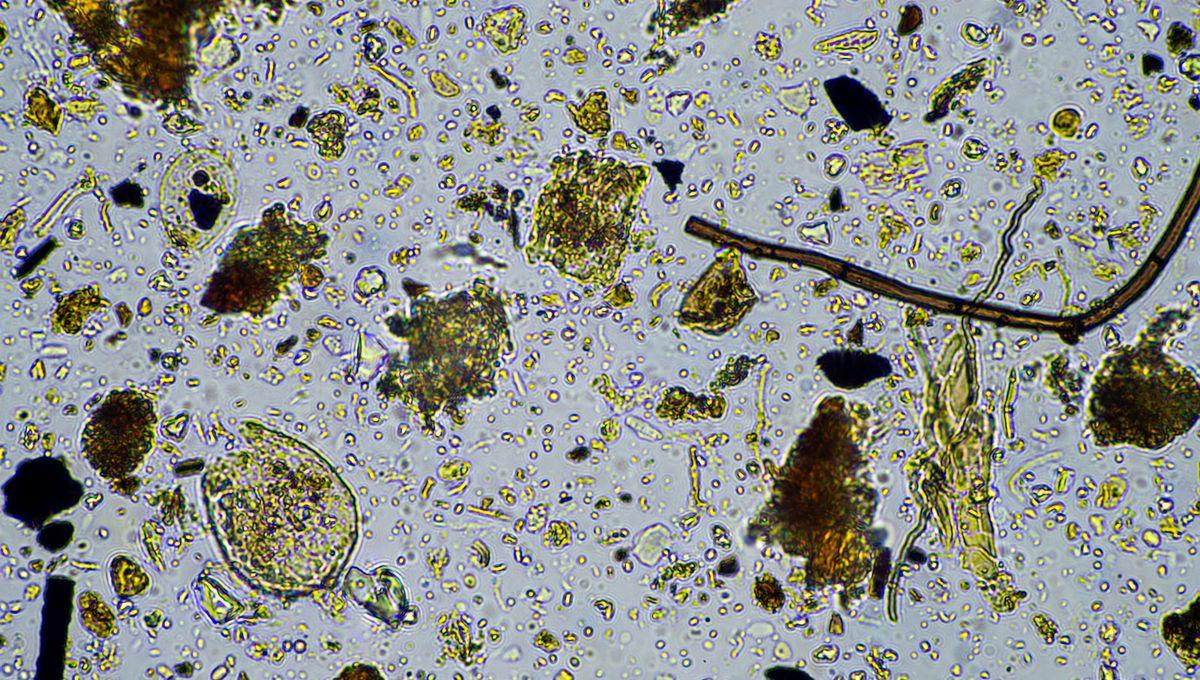-
Noticias Feed
- EXPLORE
-
Páginas
-
Blogs
-
Foros
Curious New Microbe With Tiny Genome Toes The Line Between Cell And Virus

Curious New Microbe With Tiny Genome Toes The Line Between Cell And Virus
A newly discovered parasite has caused quite a stir among microbiologists who were left scrambling to place it on the tree of life – and it seems even the organism itself is confused as to its identity. Sukunaarchaeum, as it’s been provisionally named, is not a virus – but it sure behaves like one – and it could upend what we know about life itself.
The mystery microbe seemingly straddles the line between living and non-living. It’s cellular, and can create its own ribosomes and mRNA, something viruses can’t do, but it relies heavily on its host for many of its biological functions and is devoted to replicating itself, much like a virus. Curiously, the organism, which was eventually found to belong to the domain Archaea, has an astonishingly small genome of just 238,000 base pairs, less than half the size of the smallest previously known archaeal genome. “The discovery of Sukunaarchaeum pushes the conventional boundaries of cellular life,” the researchers behind the discovery report in a yet-to-be-peer-reviewed preprint study. “Its genome is profoundly stripped-down, lacking virtually all recognizable metabolic pathways, and primarily encoding the machinery for its replicative core: DNA replication, transcription, and translation,” they write. “This suggests an unprecedented level of metabolic dependence on a host, a condition that challenges the functional distinctions between minimal cellular life and viruses.” Sukunaarchaeum – named after a deity of small stature in Japanese mythology – was discovered by happy accident as researchers were sequencing the genome of the marine plankton Citharistes regius. In doing so, they identified a strange loop of DNA that kept popping up, which didn’t match any known species. It seemed there was another entity living inside C. regius, an archaeon, but unlike any ever found before. With its tiny genome and presumed inability to produce its own essential molecules, it’s a miracle Sukunaarchaeum is able to survive. To do so, it depends almost completely on its host’s machinery. “While clearly cellular, its extreme metabolic dependence and specialization for self-replication are virus-like in nature, suggesting that Sukunaarchaeum may represent the closest cellular entity discovered to date that approaches a viral strategy of existence,” the researchers add. One way in which the parasite differs from viruses, however, is that it can replicate its own genetic material – almost its entire genome is dedicated to this purpose. Next up for the team is to photograph Sukunaarchaeum – easier said than done when the organism is likely less than a micrometer across – and to investigate similar systems in case they too harbor weird and wonderful lifeforms that call into question our understanding of cellular evolution. The preprint is available at bioRxiv.


